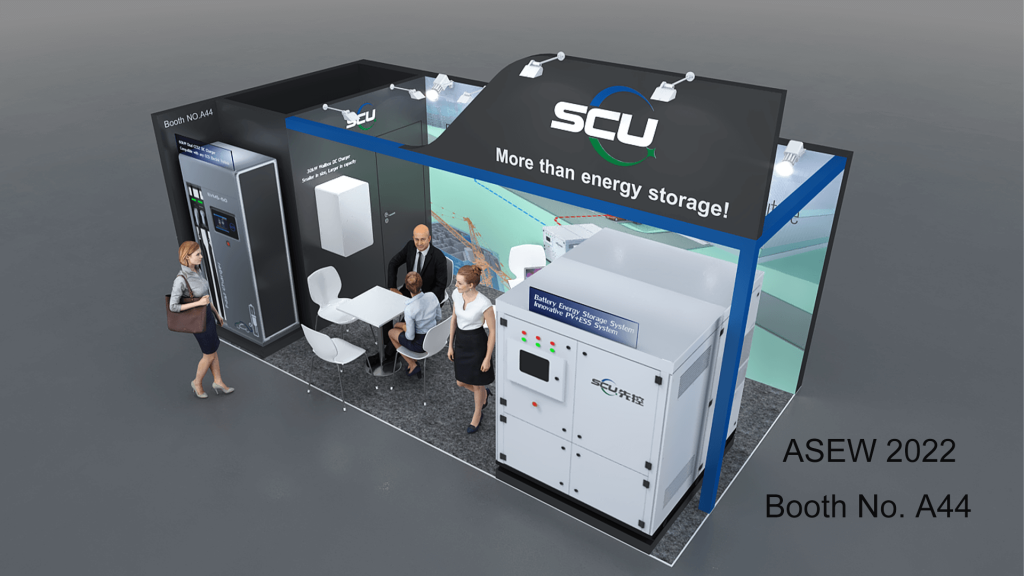Like other energy storage technologies, energy storage batteries can function as both energy suppliers and consumers at different times, forming a unique operational mode that combines cost and revenue and can be directly compared to other power generation technologies. The decision to build a new power plant depends on its initial construction cost and ongoing operating cost. Although the average construction cost of energy storage batteries is relatively low, they are not independent power sources and must purchase other generating units to charge them, and consider the energy loss during the charging and discharging process. The cost of batteries also depends on their technological characteristics.
The cost elements of energy storage batteries
- Power capacity or rated capacity: in units of MW, it is the maximum instantaneous power that the battery can sustainably generate, which is equivalent to the power of a typical generator.
- Energy capacity: in units of MWh, the total energy that the battery can charge and discharge.
The continuous discharge time of the battery is the ratio of its energy capacity to its power capacity. Short-term energy supply batteries are designed to provide electricity in a short time, usually within minutes to an hour, and the construction cost per MW is usually lower. Long-term energy supply batteries can provide power for several hours, and the cost per MW is relatively high. In terms of income, due to the limitations of charging time and cycle times on the optimal performance of energy storage batteries, the capacity factor of batteries is relatively low. However, some unique features of energy storage batteries can be integrated to improve economic benefits.

The role of energy storage batteries in the power grid
Maintaining the balance of power grid supply and demand
Energy storage batteries can maintain the balance of power grid supply and demand at multiple time scales (by second, minute, or hour). Energy storage batteries that can be charged quickly are particularly suitable for providing auxiliary services to the grid, such as grid frequency regulation.
Price arbitrage through grid peak shaving
Energy storage batteries can shave the grid peak, smooth the daily load curve, and buy electricity at lower prices (or negative prices) during low-price periods, and sell electricity during high-price periods, transferring part of the electricity demand from peak periods to other periods, thereby reducing the overall electricity supply cost and grid standby capacity, thus reducing the overall electricity price level.
Store and adjust renewable energy generation
Energy storage batteries can reduce the waste of renewable energy sources, store surplus solar and wind energy generation, and provide electricity to the grid or local loads when needed, thus reducing wholesale market negative prices caused by surplus wind and solar energy generation, and electricity prices surge during the nighttime peak period. By configuring energy storage batteries into solar and wind energy generation systems, operators can have better foresight for coordinated electricity generation and supply.
Delaying large-scale power grid infrastructure investment
With the continuous growth of electricity demand, some regions may need to expand their power grids by upgrading substations or building additional transmission and distribution lines to meet the demand on the load side, which will cost millions of dollars. This problem can be solved by installing energy storage batteries at key locations in the grid, which can reduce the cost of grid investment, meet the demand on the grid load side, and delay large-scale power grid infrastructure investment.
Lowering end-user electricity bills
Large users of electricity such as industry and commerce can reduce their electricity demand costs by using energy storage batteries during peak demand periods.
Serving as backup power
Energy storage batteries can provide backup electricity for distribution networks, enterprises, households, and other users during power outages to maintain power supply reliability. As part of a high-end microgrid configuration, energy storage batteries can help maintain power supply when microgrids are partially or temporarily isolated from the grid.
